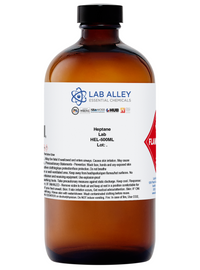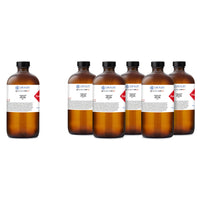Heptane
One Of The Most Versatile Chemicals In Industrial Applications
About Heptane
Heptane, or n-heptane, is a hydrocarbon with the chemical formula H3C(CH2)5CH3 or C7H16. Heptane is a liquid at room temperature, with a melting point of -91°C. Heptane’s boiling point is 98.3°C (or 208.9 °F) and it has a molar mass of 100.21 g/mol. There are many uses of heptane, and it is considered to be one of the most versatile chemicals in an industrial application. Some examples are anesthetics, cement, inks, and use as a solvent in laboratories. n-Heptane is also defined as the zero point on the octane rating scale, a scale used to determine the ability of a fuel to withstand compression without detonating. Care should be taken when handling n-Heptane, as it can cause dizziness, nausea, and other unpleasant symptoms if inhaled or ingested.

Industries that use Heptane
- Pharmaceutical & Nutraceutical
- Electronics
- Textiles
- Plastics & polymers
- Law enforcement
Common Uses of Heptane
- Non-polar solvent
- Fuel source
- Vulcanization of rubber and manufacture of rubber cement.
- Adhesive remover
- Manufacture of ink




